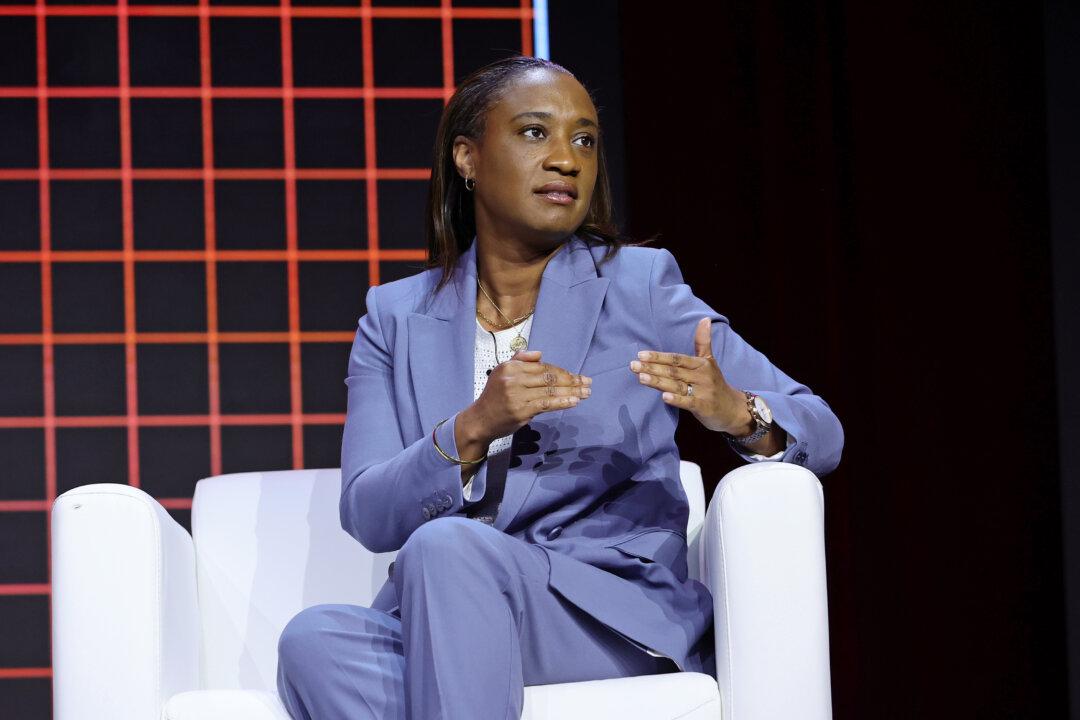Commentary
The pundits are giving many reasons for Gov. Gavin Newsom’s surprise appointment of Laphonza Butler to replace the late Dianne Feinstein in the U.S. Senate.

The pundits are giving many reasons for Gov. Gavin Newsom’s surprise appointment of Laphonza Butler to replace the late Dianne Feinstein in the U.S. Senate.